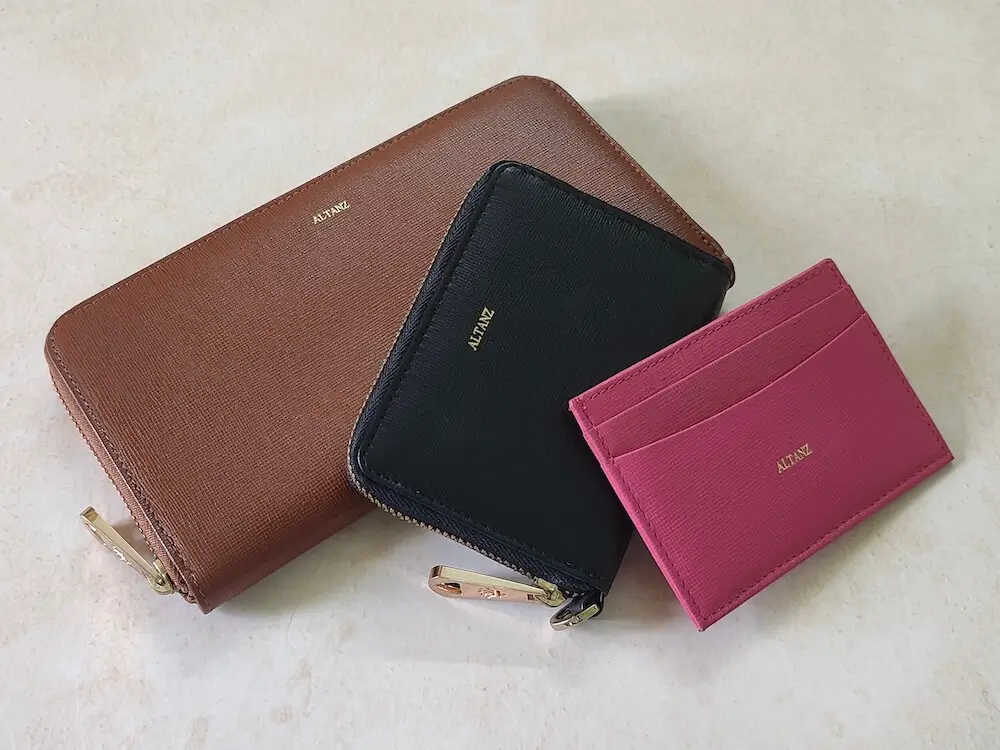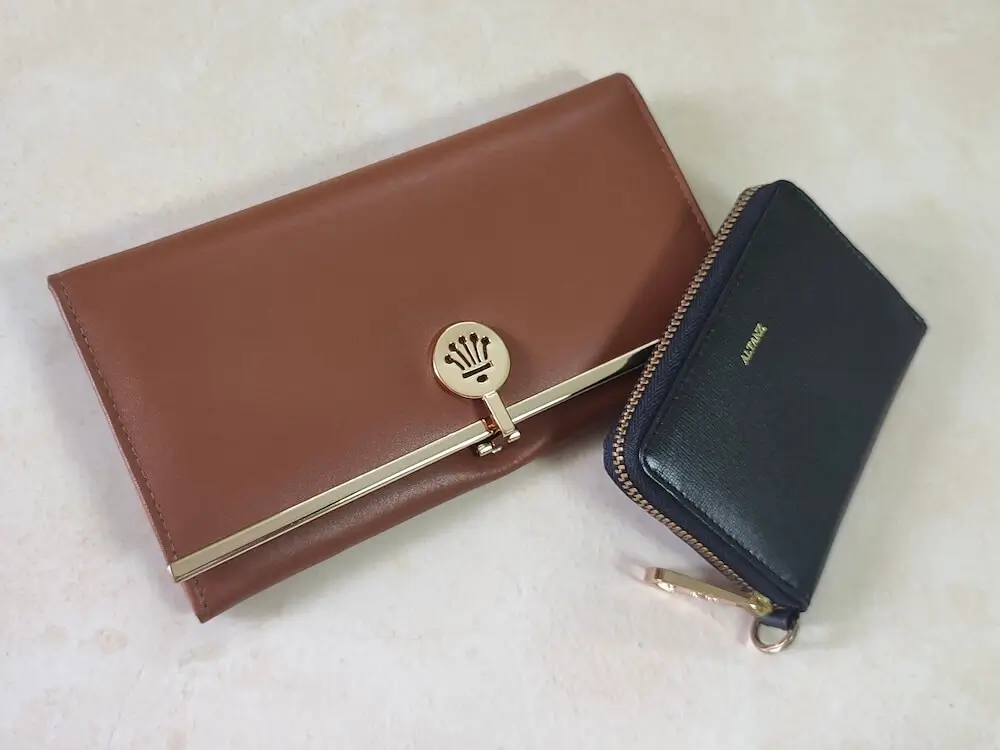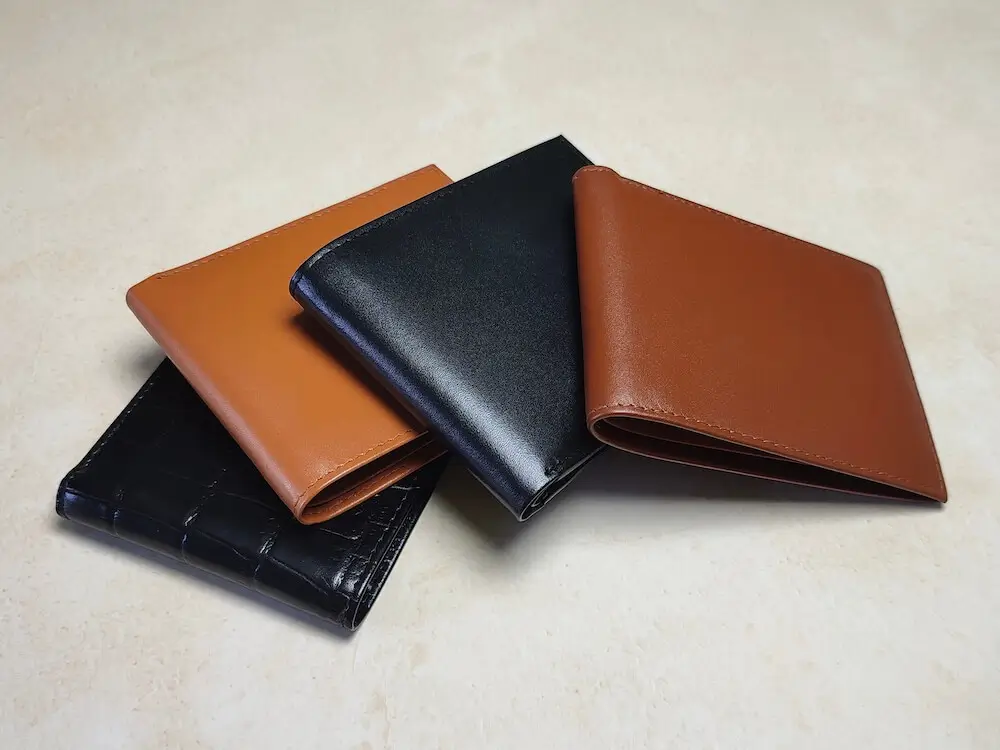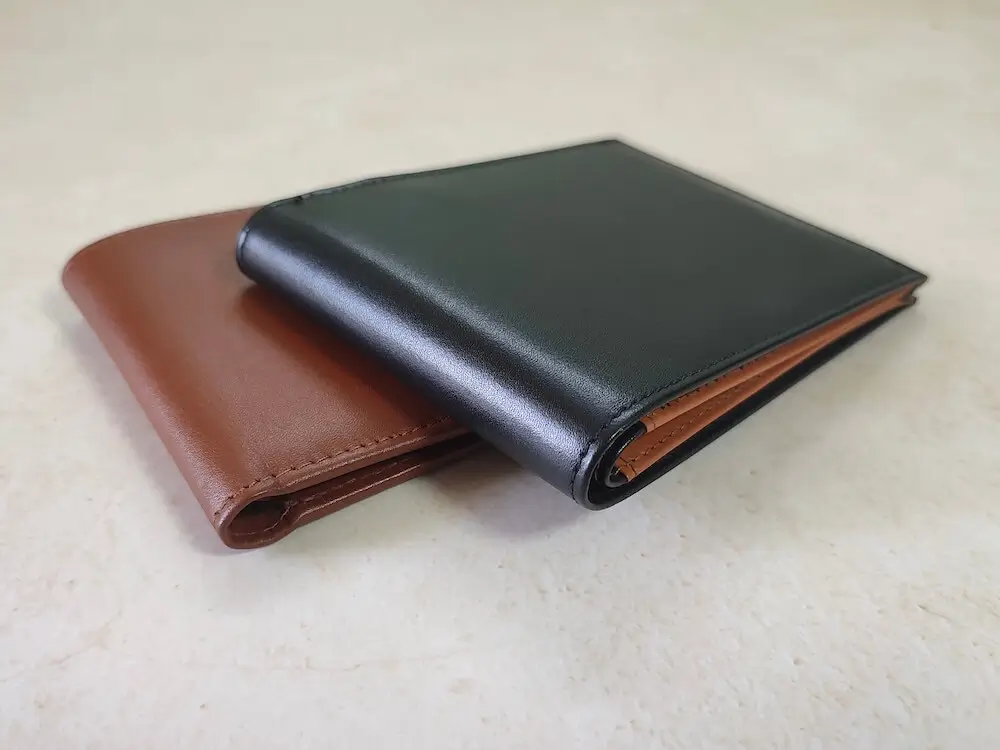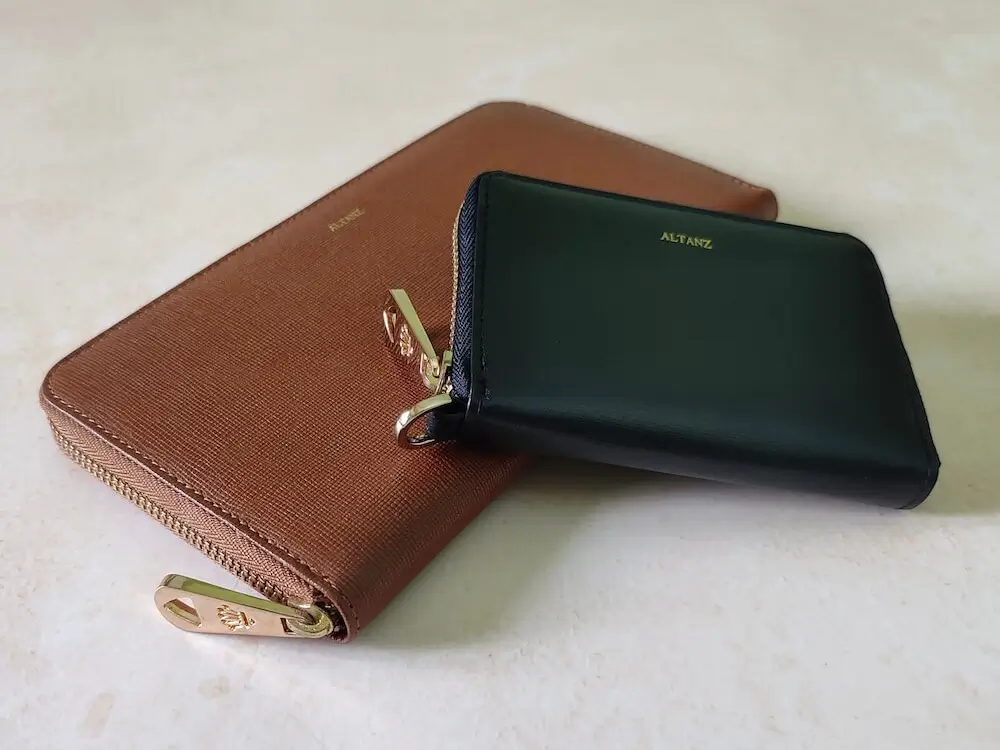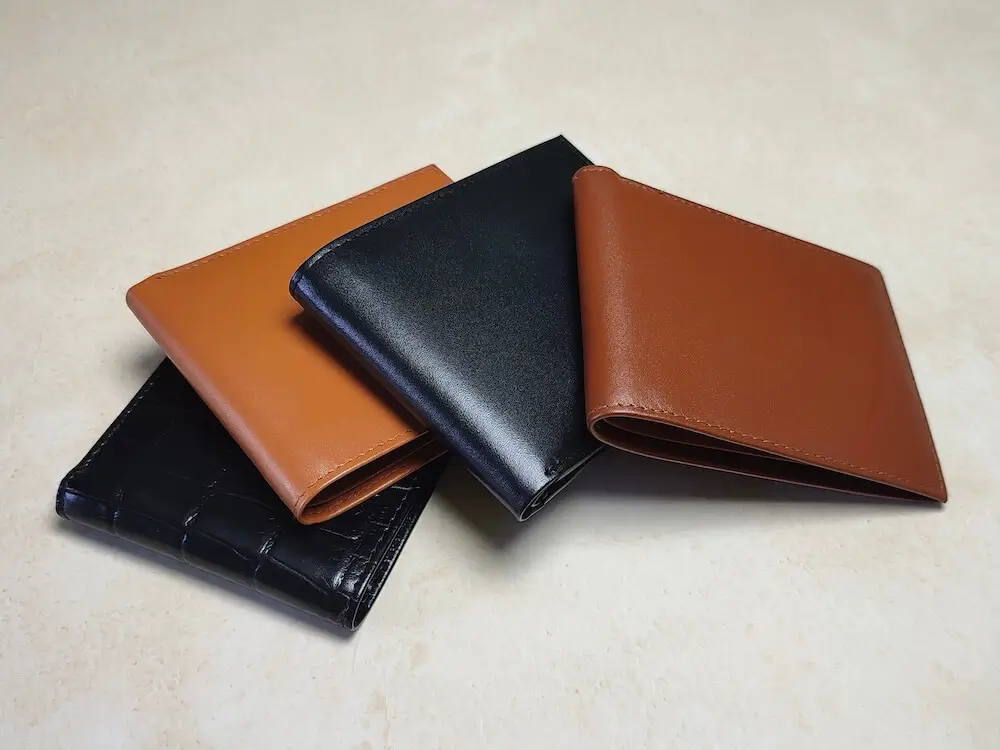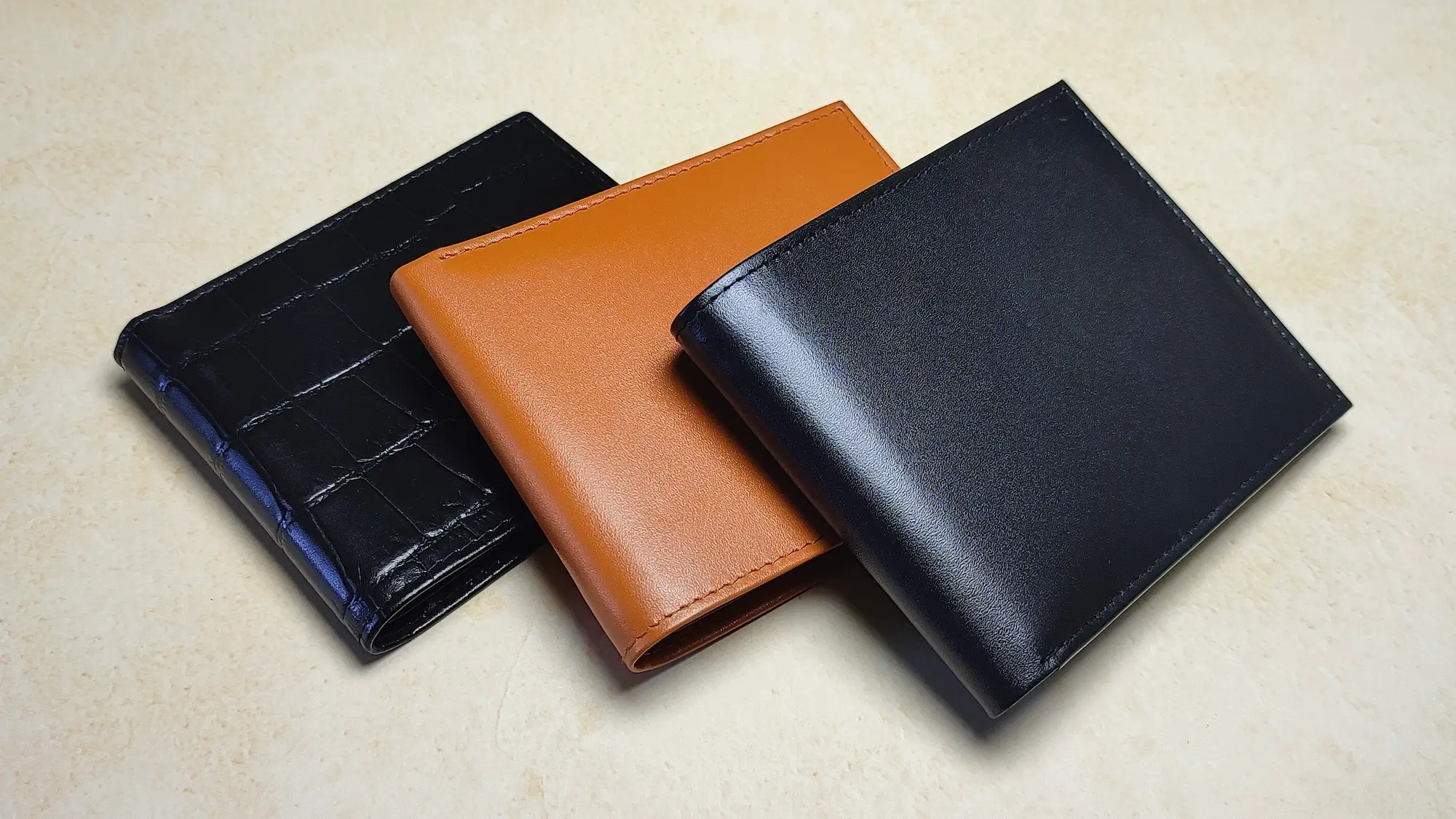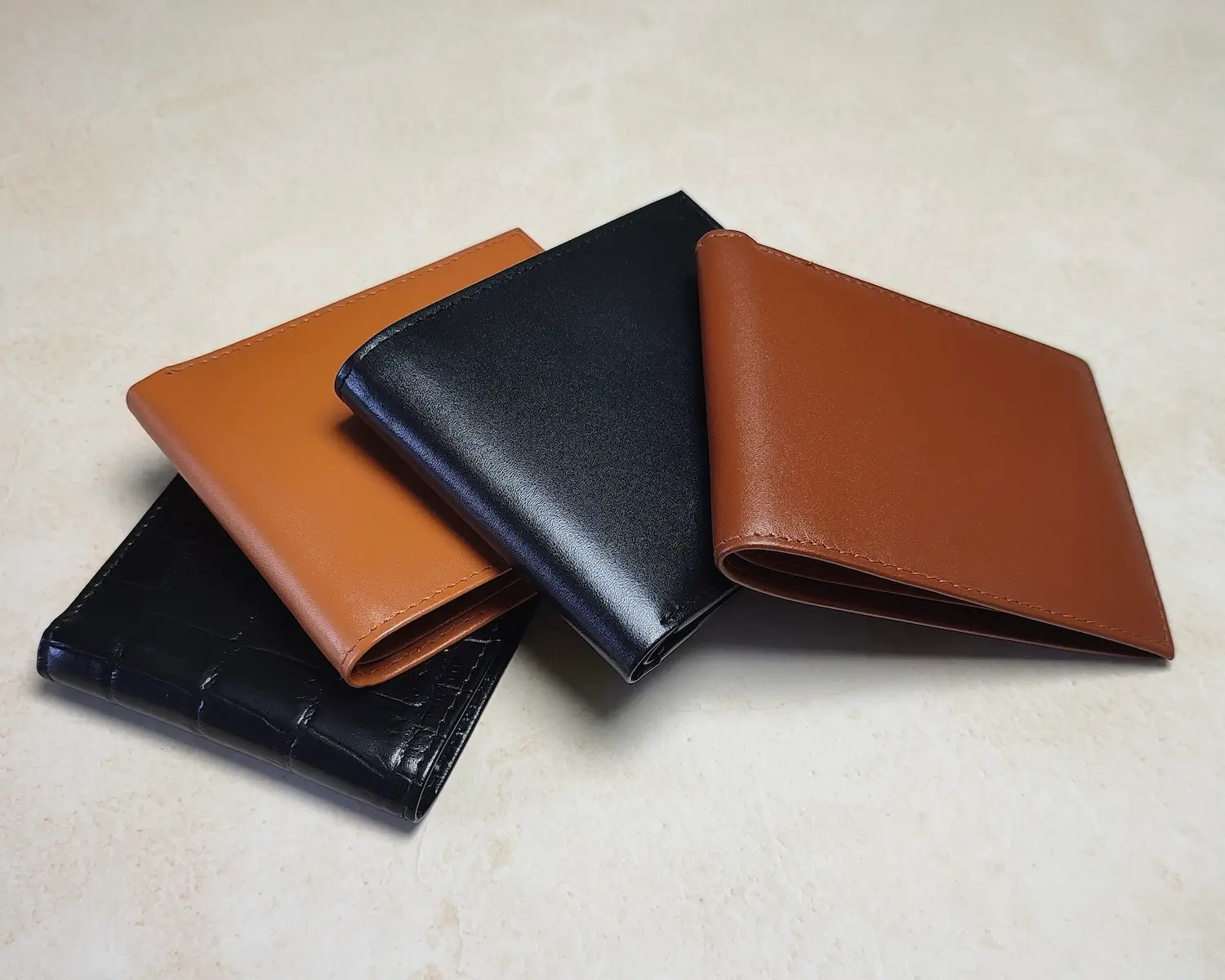Craftsmanship & Heritage
Everything You Need to Know About Vegetable-Tanned Leather
Introduction to Vegetable-Tanned Leather
Vegetable-tanned leather is a centuries-old material revered for its natural beauty, durability, and eco-friendly production process. Unlike chrome-tanned leather, which dominates modern markets, vegetable-tanned leather uses plant-derived tannins to preserve and enhance the hides. But what truly sets this leather apart is its unique ability to develop a patina over time, making every piece a story in itself.
Whether you’re a leather enthusiast, a sustainability advocate, or someone exploring durable materials, vegetable-tanned leather offers plenty to admire. Let’s delve deeper into its origins, manufacturing process, benefits, and why it’s worth considering for your next leather purchase.
Table of Contents
What is Vegetable-Tanned Leather?
Vegetable-tanned leather refers to hides processed using natural tannins from plants like oak, chestnut, and mimosa. This method, which takes weeks to complete, results in a leather that’s sturdy yet pliable, with a rich, natural tone. Unlike synthetic or chrome tanning, vegetable tanning relies on age-old artisanal techniques that prioritize quality and sustainability.
The History of Vegetable-Tanned Leather
Vegetable tanning dates back thousands of years to ancient civilizations such as the Egyptians and Romans, who used it to craft durable goods like footwear, armor, and saddles. Over time, the process spread globally, becoming a hallmark of quality craftsmanship. Today, Italian tanneries, especially in Tuscany, are celebrated for preserving these time-tested methods.
Importance of Vegetable-Tanned Leather in Modern Times
In an era dominated by mass production and synthetic materials, vegetable-tanned leather stands as a testament to slow, sustainable craftsmanship. Its eco-friendly production process and ability to age gracefully align perfectly with growing consumer demand for ethical and long-lasting products. It’s not just a material—it’s a lifestyle choice that values authenticity over convenience.
How Vegetable-Tanned Leather is Made
The process of creating vegetable-tanned leather is both an art and a science, requiring skilled artisans and high-quality materials. Let’s explore how it’s made:
Overview of the Tanning Process
The journey starts with raw hides, typically a byproduct of the meat industry. These hides undergo cleaning and preparation before being submerged in tannin-rich baths. Over weeks or months, the tannins penetrate the hide, transforming it into durable, flexible leather.
Key Materials Used in Vegetable Tanning
The star of the show is tannins—organic compounds derived from trees and plants. Popular sources include:
- Oak Bark: Adds richness and depth to the leather.
- Chestnut Wood: Known for its light, warm hues.
- Mimosa Extract: Offers a smooth finish.
These natural materials ensure the process is free from harmful chemicals like chromium.
The Role of Tannins and Plant Extracts
Tannins bind to collagen proteins in the hide, stabilizing and preserving it. This natural chemical reaction not only strengthens the leather but also enhances its texture and earthy aroma. The result? A leather that’s breathable, biodegradable, and beautiful.
Characteristics of Vegetable-Tanned Leather
Understanding its characteristics helps explain why vegetable-tanned leather is so sought after.
Durability and Aging of the Leather
Unlike synthetic or chrome-tanned alternatives, vegetable-tanned leather grows more attractive over time. It develops a patina—a soft sheen and darker color—adding to its charm. With proper care, it can last decades, making it a great investment.
Texture and Appearance
The texture is firm yet malleable, ideal for crafting belts, bags, and wallets. Its natural tones range from warm caramel to deep brown, with subtle variations that make every piece unique.
Unique Features Compared to Chrome-Tanned Leather
Vegetable-tanned leather avoids the glossy, uniform look of chrome-tanned products. Instead, it celebrates imperfections, showcasing scars and grain patterns that tell the story of the hide’s origin.
Environmental and Ethical Benefits
One of the most compelling reasons to choose vegetable-tanned leather is its commitment to sustainability and ethical practices. In an industry often criticized for its environmental footprint, this traditional tanning method offers a refreshing alternative.
Eco-Friendly Tanning Process
The vegetable tanning process relies on plant-based materials instead of harmful chemicals. Chrome tanning, in contrast, often uses chromium salts, which can pollute water supplies and harm ecosystems. Vegetable tanning avoids these risks entirely, making it a greener choice.
Moreover, many tanneries using this method adhere to strict environmental guidelines, ensuring minimal waste and responsible disposal of byproducts.
Benefits to Artisans and Local Communities
Vegetable-tanned leather production supports artisanal communities, particularly in regions like Tuscany. By preserving age-old craftsmanship, it fosters sustainable livelihoods. These tanneries often operate as family businesses, passing down skills through generations.
Purchasing vegetable-tanned leather means directly supporting these communities, helping to sustain their cultural heritage and economies.
Biodegradability and Sustainability
Unlike synthetic materials, vegetable-tanned leather is biodegradable, breaking down naturally over time. This reduces its long-term impact on landfills and the environment. When compared to synthetic leather or heavily processed chrome-tanned leather, its life cycle is far more sustainable.
Uses and Applications of Vegetable-Tanned Leather
Vegetable-tanned leather is as versatile as it is beautiful, finding its way into countless products and industries. From everyday items to luxury goods, it’s a favorite among designers and consumers alike.
Popular Products Made with Vegetable-Tanned Leather
Some of the most common items crafted from vegetable-tanned leather include:
- Wallets: Durable, elegant, and age beautifully.
- Bags: Tote bags, backpacks, and purses made from vegetable-tanned leather stand out for their sturdiness.
- Belts: Known for their firm structure and long lifespan.
- Shoes: High-end leather shoes often use this method for its breathability and comfort.
- Furniture: Luxurious leather furniture is another niche use.
Why Designers and Artisans Prefer It
Designers love vegetable-tanned leather for its workability and natural appeal. Unlike synthetic or chrome-tanned leather, it molds easily during crafting, making it perfect for intricate designs. Its ability to take on rich, natural dyes also makes it a versatile choice for bespoke creations.
Artisans appreciate its durability and the way it improves over time. Many consider it the gold standard of leather for creating long-lasting, high-quality goods.
Everyday and Luxury Use Cases
Whether you’re looking for a casual leather wallet or a high-end handbag, vegetable-tanned leather is a premium choice. Its natural beauty and durability make it equally suitable for practical, everyday use and sophisticated luxury products.
Caring for Vegetable-Tanned Leather
To keep vegetable-tanned leather looking its best, proper care is essential. While it’s a resilient material, it benefits greatly from some TLC.
Cleaning and Maintenance Tips
Here’s how to clean and maintain your vegetable-tanned leather products:
- Dust Regularly: Use a soft, dry cloth to remove surface dirt.
- Avoid Harsh Chemicals: Stick to leather-friendly cleaners and conditioners.
- Spot Clean: For minor stains, use a damp cloth and mild soap, but avoid soaking the leather.
Regular maintenance prevents cracks and keeps the leather supple.
How to Protect Against Water and Stains
Vegetable-tanned leather is more sensitive to water than chrome-tanned leather. To protect it:
- Use a waterproofing spray designed for leather.
- Avoid prolonged exposure to moisture.
- If it gets wet, dry it slowly at room temperature—never use a heat source.
Restoring and Extending the Leather’s Lifespan
Over time, vegetable-tanned leather may lose some of its luster, but restoration is possible:
- Conditioning: Apply a leather conditioner to restore moisture and shine.
- Repairing Scratches: Minor scratches can often be buffed out with a soft cloth and some elbow grease.
- Professional Care: For significant wear, consult a leather specialist.
Comparing Vegetable-Tanned Leather to Other Types
Not all leather is created equal. Understanding the differences between vegetable-tanned leather and its alternatives can help you make an informed decision.
Chrome-Tanned Leather vs. Vegetable-Tanned Leather
| Feature | Vegetable-Tanned Leather | Chrome-Tanned Leather |
|---|---|---|
| Production Time | Weeks to months | A few days |
| Environmental Impact | Low | High |
| Durability | Ages gracefully | May crack over time |
| Appearance | Natural and unique | Uniform and glossy |
| Cost | Higher | Lower |
Synthetic Alternatives and Their Drawbacks
Synthetic leather, often marketed as “vegan leather,” has its own drawbacks:
- Made from plastics like polyurethane, contributing to microplastic pollution.
- Lacks the durability and character of genuine leather.
- Does not biodegrade, adding to landfill waste.
While it may be a cheaper option, it falls short in terms of longevity and sustainability.
Which Type is Better for Your Needs?
The choice depends on your priorities. If you value sustainability, longevity, and natural beauty, vegetable-tanned leather is the clear winner. For short-term or budget-conscious needs, alternatives may suffice, but they lack the timeless appeal of vegetable-tanned leather.
The Cost of Vegetable-Tanned Leather
Vegetable-tanned leather is often more expensive than other types, but its price reflects the quality and effort that go into its creation. Let’s explore the reasons behind its cost and why it’s worth the investment.
Why It’s Pricier Than Other Leather Types
The high cost of vegetable-tanned leather comes down to the labor-intensive process and premium materials. Unlike chrome tanning, which takes just a few days, vegetable tanning can take weeks or even months. The use of natural tannins and traditional methods also contributes to the higher price tag.
Additionally, many tanneries specializing in vegetable-tanned leather are smaller operations that focus on quality over quantity. This commitment to craftsmanship ensures a superior product but naturally increases the cost.
Value for Money: Is It Worth It?
While the upfront cost may seem high, vegetable-tanned leather offers excellent value for money. Here’s why:
- Durability: It lasts for decades with proper care.
- Aging: The leather’s patina adds character, making it even more beautiful over time.
- Eco-Friendliness: Investing in sustainable materials contributes to environmental conservation.
For those who appreciate timeless, high-quality products, vegetable-tanned leather is an investment that pays off in the long run.
Where to Find Authentic Vegetable-Tanned Leather
Finding genuine vegetable-tanned leather requires some research. Look for these clues:
- Certifications: Many tanneries belong to organizations like the Vegetable Tanned Leather Consortium.
- Origin: Italy, particularly Tuscany, is renowned for producing the finest vegetable-tanned leather.
- Reputable Brands: Stick to well-known leather brands or local artisans specializing in traditional methods.
Be cautious of synthetic imitations that mimic the appearance but lack the qualities of authentic vegetable-tanned leather.
Trends and Innovations in Vegetable-Tanned Leather
The world of vegetable-tanned leather continues to evolve, blending tradition with modern trends and technology. From ethical fashion to cutting-edge techniques, the future looks bright for this timeless material.
Modern Adaptations of Traditional Methods
While the core process of vegetable tanning remains the same, modern tanneries are finding innovative ways to improve efficiency and reduce waste. Some use renewable energy sources, while others recycle water and byproducts to make the process even more sustainable.
Ethical Fashion and Sustainable Brands
The rise of ethical fashion has brought vegetable-tanned leather into the spotlight. Brands are increasingly using this material to create eco-conscious collections. From minimalist wallets to high-end handbags, sustainable designs are becoming a key selling point in the industry.
Notable brands embracing vegetable-tanned leather include:
- Bellroy: Known for their functional, stylish leather accessories.
- O My Bag: A Dutch brand focused on sustainability and fair trade.
- La Portegna: Handcrafted leather goods made using vegetable tanning techniques.
The Future of Vegetable-Tanned Leather
As consumer demand for sustainable products grows, the market for vegetable-tanned leather is likely to expand. Advances in technology may also lead to faster, more efficient tanning methods without compromising quality.
Additionally, collaborations between artisans and designers are pushing the boundaries of what’s possible with this versatile material. From innovative textures to unexpected applications, vegetable-tanned leather is poised to remain a staple of quality craftsmanship.
Conclusion
Vegetable-tanned leather is more than just a material; it’s a symbol of sustainability, craftsmanship, and timeless beauty. From its eco-friendly production process to its durability and unique aging properties, it offers a compelling alternative to mass-produced, chemically treated leather.
Whether you’re investing in a wallet, bag, or belt, choosing vegetable-tanned leather means supporting ethical practices and enjoying a product that improves with time. In a world of fast fashion and disposable goods, this traditional material stands out as a true gem.
FAQs
1. What makes vegetable-tanned leather unique?
Vegetable-tanned leather is unique due to its natural tanning process using plant-based tannins. This method enhances the leather’s durability and allows it to develop a beautiful patina over time.
2. Is vegetable-tanned leather better for the environment?
Yes, vegetable-tanned leather is eco-friendly as it avoids harmful chemicals and uses biodegradable materials, reducing its environmental footprint.
3. Can vegetable-tanned leather get wet?
While it can handle minor exposure to water, vegetable-tanned leather is sensitive to moisture. It’s important to dry it properly and use waterproofing treatments for added protection.
4. How can I identify genuine vegetable-tanned leather?
Look for natural variations in color and texture, a rich earthy smell, and certifications from reputable tanneries or leather consortia.
5. Why is vegetable-tanned leather more expensive?
The traditional tanning process is time-consuming and uses premium materials, contributing to its higher cost. However, its durability and unique aging properties make it a worthwhile investment.
FAQ : Frequently Asked Questions
Everything You Need to Know About Vegetable-Tanned Leather
Answer:
Vegetable-tanned leather is unique due to its natural tanning process using plant-based tannins. This method enhances the leather’s durability and allows it to develop a beautiful patina over time.
Answer:
Yes, vegetable-tanned leather is eco-friendly as it avoids harmful chemicals and uses biodegradable materials, reducing its environmental footprint.
Answer:
While it can handle minor exposure to water, vegetable-tanned leather is sensitive to moisture. It’s important to dry it properly and use waterproofing treatments for added protection.
Answer:
Look for natural variations in color and texture, a rich earthy smell, and certifications from reputable tanneries or leather consortia.
Answer:
The traditional tanning process is time-consuming and uses premium materials, contributing to its higher cost. However, its durability and unique aging properties make it a worthwhile investment.


